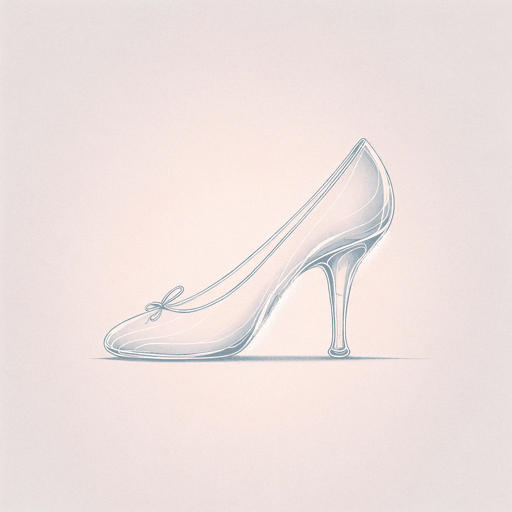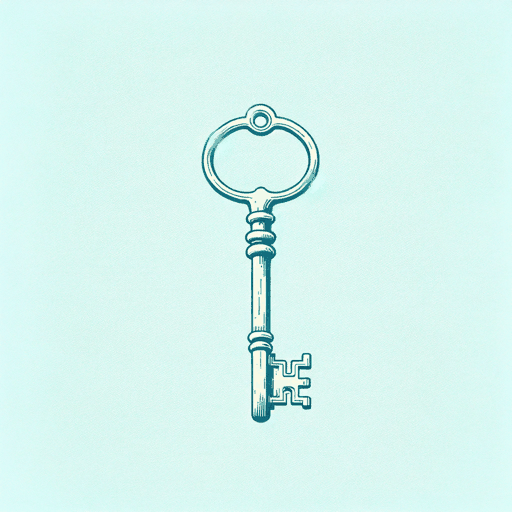28 pages • 56 minutes read
Charles PerraultThe Little Glass Slipper
Fiction | Short Story | Adult | Published in 1697A modern alternative to SparkNotes and CliffsNotes, SuperSummary offers high-quality Study Guides with detailed chapter summaries and analysis of major themes, characters, and more.
Summary and Study Guide
Summary: The Little Glass Slipper
“Cinderilla; or, The Little Glass Slipper” (French: Cendrillon ou la petite pantoufle de verre) is a famous fairytale by French author Charles Perrault. Derived from oral folktale retellings across many cultures and centuries, Perrault published his version and other tales in his collection of works, Tales of Mother Goose (1697). Perrault’s version, which continues to be reimagined worldwide in other literary works, plays, ballet, film, and television, includes the iconic emblems: the glass slipper, pumpkin carriage, and fairy godmother. His collection of tales set the standard for future fairytales. This fairytale tells the story of a young girl named Cinderilla, often referred to today as “Cinderella.” Her stepmother and stepsisters mistreat her, but she eventually finds happily ever after with the help of her fairy godmother. “Cinderilla” explores themes of feminine virtuosity, transformation, and triumph of good over evil.
This guide refers to the version of the text freely available through The Project Gutenberg.
The protagonist, Cinderilla, lives with her widowed father, stepmother, and two stepsisters. Following the marriage to her father, the stepmother and stepsisters treat Cinderilla with contempt. They force her to serve them, burden her with chores, and chastise her (“Cinderilla” is the cruel nickname given to her after she’s dusted with cinders from the fireplace where she rests upon completing her chores). Despite the stepmother and sisters’ antipathy, Cinderilla is of “unparalleled goodness and sweetness of temper” (Paragraph 1). In contrast to her stepmother and sisters, she treats her family with a kindness and grace that match her external beauty.
One day, the prince decides to throw a grand ball. Cinderilla's stepsisters are invited and spend days preparing for the event. Cinderilla, longing to attend the ball, asks her stepmother if she can go as well. Her stepmother refuses, thinking Cinderilla is unworthy, claiming, “it would make the people laugh to see a Cinder-breech at a ball” (Paragraph 8). As the night of the ball arrives, Cinderilla's fairy godmother appears and grants her wish to attend the ball. With a wave of her wand, she transforms a pumpkin into a magnificent carriage, mice into horses, a rat into a coachman, lizards into footmen, and Cinderilla's ragged clothes “into cloth of gold and silver, all beset with jewels“ (Paragraph 27). The godmother also gives her glass slippers to wear, warning Cinderilla that the magic will only last until midnight.
Cinderilla attends the ball on the first night, captivating everyone with her beauty. Her presence immediately captures the prince’s attention, and he dances with her throughout the night. As midnight approaches, Cinderilla remembers the fairy godmother's warning and “hastened away as fast as she could” (Paragraph 33). The following night, Cinderilla appears in another gorgeous gown and glass slippers. On this night, the prince continues in his adoration as he “was always by her and never ceased his compliments and amorous speeches to her” (Paragraph 40). Cinderilla forgets the time and narrowly flees the castle, leaving one glass slipper behind as the magic of midnight fades from her attire and attendants.
The prince is determined to find the mysterious girl who stole his heart, and sends his servants on a quest to find the owner of the glass slipper. His servants visit every house in the kingdom, asking every young woman to try on the slipper. When they arrive at Cinderilla's house, her stepsisters try to fit into the slipper but fail. When Cinderilla requests to try the slipper for herself, “The gentleman who was sent to try the slipper, looked earnestly at Cinderilla […] He invited Cinderilla to sit down, and putting the slipper to her foot, he found it went on very easily, and fitted her, as if it had been made of wax” (Paragraph 46). Realizing Cinderilla's identity, the prince takes her as his bride, and they live happily ever after. Cinderilla brings her stepsisters to live in the palace with her and finds husbands for them in the King’s court.
Perrault ends the tale with lines indicating his moral, touting virtues of grace, kindness, and beauty, which will help one’s social standing more than the rank into which one is born.
Related Titles
By Charles Perrault



